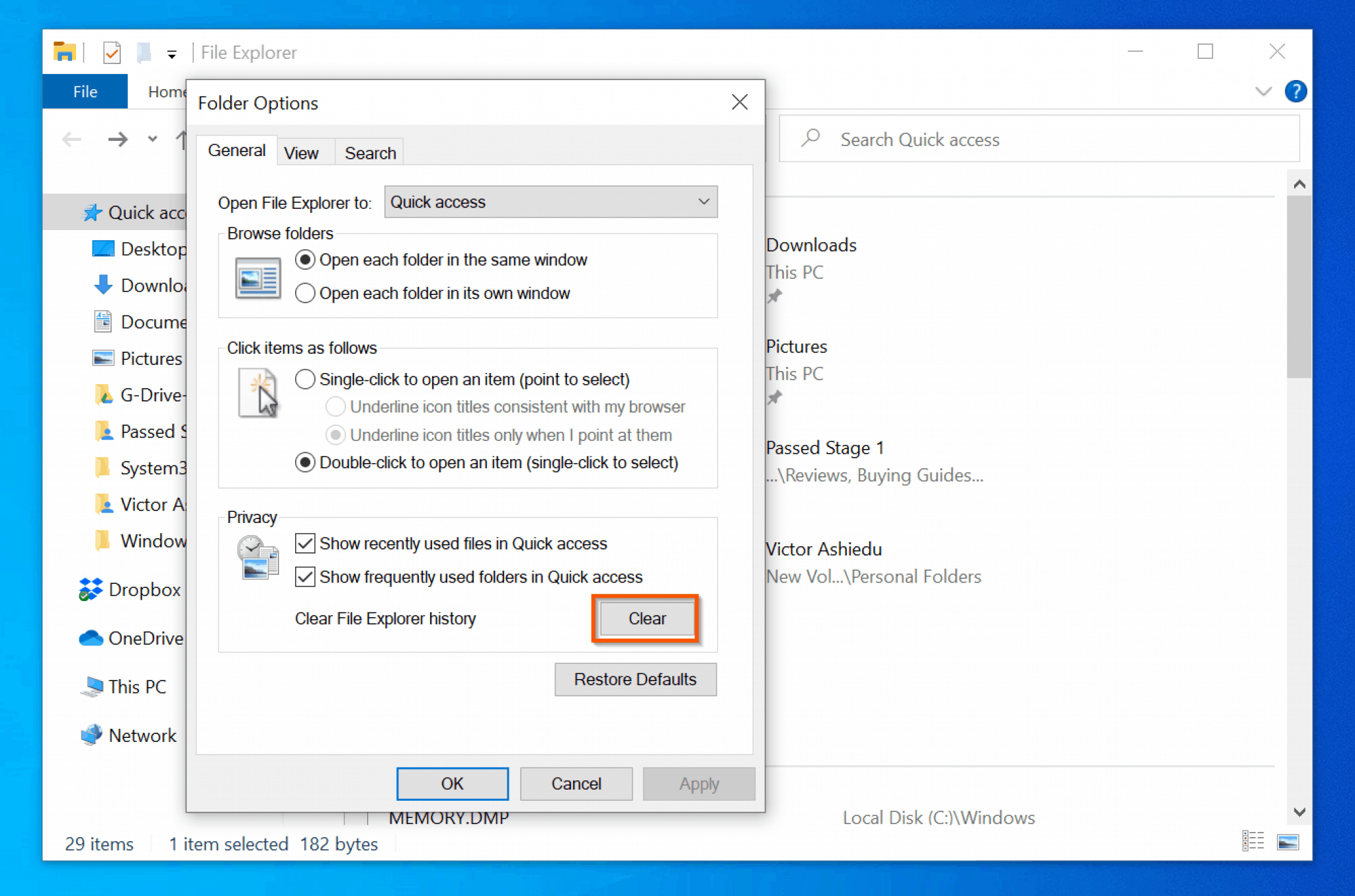


**If you’re a visual learner, I created a video tutorial for this tip. MkDir (ActiveWorkbook.Path & "\" & Rng(r, c))ĩ) Notice that the folders are created instantly.ġ0) Bonus Step: If you want to re-use this Excel workbook and save it with the VBA macro included, you can use File, Save As, and select Excel Macro-Enabled Workbook (*.xlsm) as the file type. If Len(Dir(ActiveWorkbook.Path & "\" & Rng(r, c), vbDirectory)) = 0 Then What if you could add that list of names into Excel, copy and paste some VBA code, push a button, and have the folders created auto-magically for you!ġ) Create a parent folder where all of the new folders will be created.Ģ) Create an Excel workbook and add the list of names to the first worksheet.ģ) Save the Excel workbook into the parent folder from step 1.Ĥ) Select all of cells that contain the names.ĥ) While the cells are selected, press both the Alt key and the F11 key together ( Alt-F11) to open the VBA window.ħ) Copy and paste this VBA code into the module window. Often these lists of names already exist in an Excel file or a Word document. Additionally, we create folders for deponent names or trial witnesses. We usually create a folder for each custodian name to store their incoming data. In eDiscovery matters, we collect electronic data from multiple custodians. In litigation support, we try to leverage Excel’s functionality for numerous tasks.

Doing so runs the command dir but instead of echoing it in the command prompt window it redirects the output into the file filename.txt. All you have to do is fire up the Command Prompt and enter a simple command: dir > FILENAME.txt. Please enjoy this blog post tip from Amy Bowser-Rollins, Instructor, Litigation Support Guru. Creating a list of a folders contents in Windows is very easy.


 0 kommentar(er)
0 kommentar(er)
